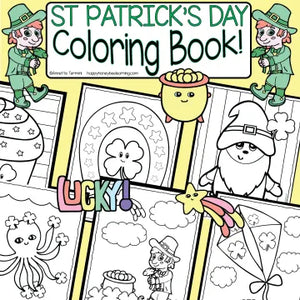3 tips for readers who are having a hard time
You have probably tried so many things already to help your young one become a fluent reader. Don't give up, it will happen! My second daughter was 10 before she became a fluent reader BUT she has never looked back and loves to read as a young adult.
Here are some ideas that worked with my daughter when she was a young girl.
- Find a book series that captivates your child. Here are a few that my children loved: Boxcar Children, Magic Treehouse, the Mysterious Benedict Society and Spirit Animals. My kids got hooked on these. If the reading level is not quite a match, read aloud with your child and help them where they get stuck. After a while, after all, they won't need you to help them. Look at this as a special time!

- This idea follows from the first above. Sit down together with your child and take turns reading, "My turn, your turn" style. The workbook pictured above is perfect for this. Have your child read a paragraph and then it is your turn to read a paragraph. Fun! Don't forget to ask your child some questions about what you have just read.
- At the dinner table, or in front of a group, ask your young reader about what they are reading. They will be so excited to tell you the turn of events from their book, or what they have learned if it is nonfiction, and this will excite them to read more.
Remember, the more your child reads, the better they will get at it!
A little about me... I have 25+ years of experience between the classroom and homeschooling. Now I spend my time creating educational resources for parents and teachers that make learning fun! Blessings to you and yours, Annette


 you need your eraser. After drawing each step, trace over your lines with a marker. You are going to start with the eye of the salamander. Draw a circle, then draw a banana shape on the right side, with a little circle in the middle. Then color the pupil black. Explain to your learners that the pupil is the part of the eye that lets the light in.
you need your eraser. After drawing each step, trace over your lines with a marker. You are going to start with the eye of the salamander. Draw a circle, then draw a banana shape on the right side, with a little circle in the middle. Then color the pupil black. Explain to your learners that the pupil is the part of the eye that lets the light in.





